One constant challenge in a world where natural disasters often strike without warning is predicting the unpredictable. Imagine a technological leap that could detect deadly tsunamis, not from the depths of our oceans, but from the far reaches of our atmosphere. That's precisely what NASA's Jet Propulsion Laboratory (JPL) is trying to achieve with its groundbreaking GUARDIAN system.
This advanced technology harnesses the power of Global Navigational Satellite Systems (GNSS) to detect acoustic and gravity ripples thrown toward space by these devastating waves. With the potential to complement current tsunami detection instruments, GUARDIAN seeks to redefine our early warning systems, making our world a safer place.
But how exactly does this revolutionary system transform mere ripples into tangible tsunami warnings?
The Destructive Power of Tsunamis
The devastating potential of tsunamis is a force to be reckoned with. Born from Earth's seismic activity, these colossal ocean waves have marked human history with tales of destruction and survival.
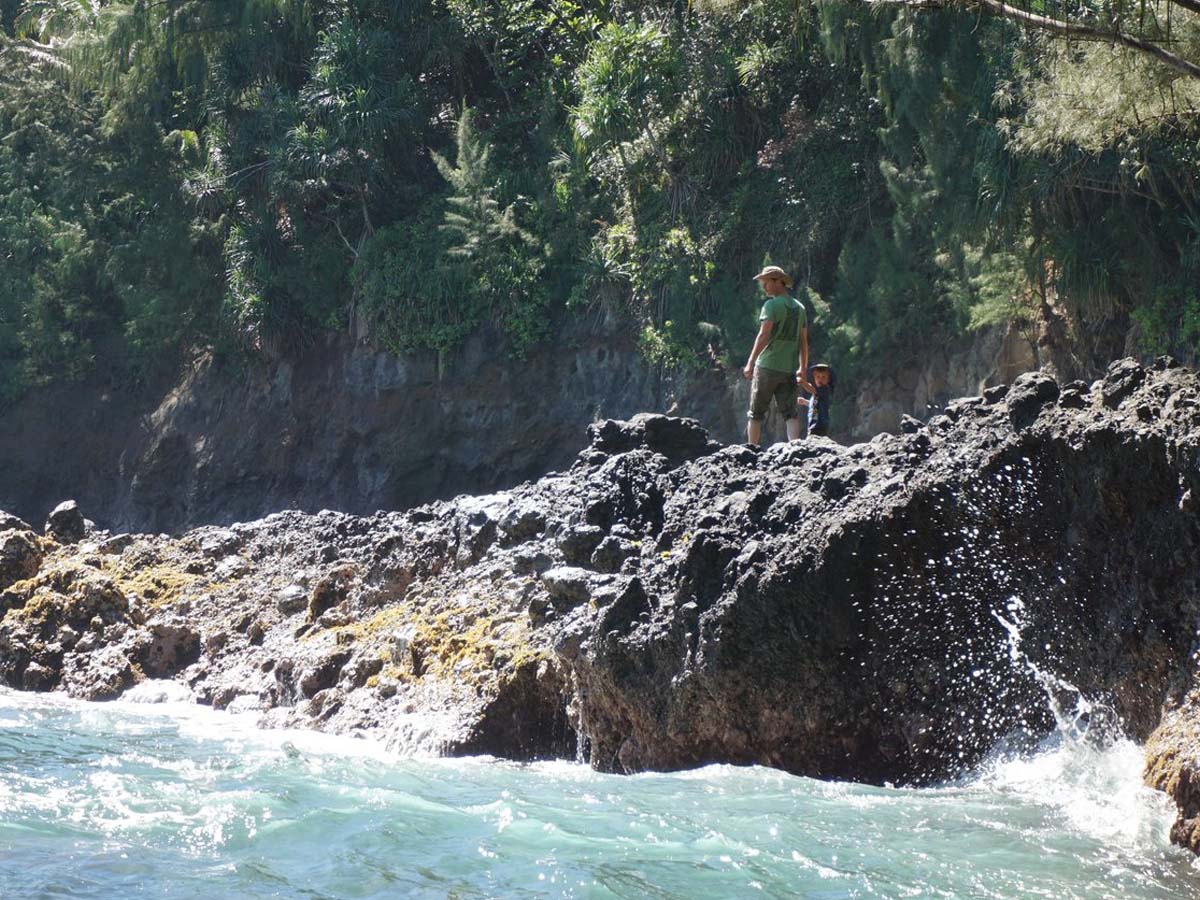
An infamous example occurred on April 1, 1946, when Onomea Bay in Hawaii bore witness to the power of these forces of nature. On that fateful day, the sea rose by over 30 feet, an increase equivalent to the height of a three-story building. The tsunami erased landscapes, shattered lives, and left an indelible mark on the community.
What Causes Tsunamis?
The genesis of tsunamis is deeply rooted in the dynamic shifts occurring within our planet. But what exactly sparks these monstrous waves? The answer lies beneath our feet. Tectonic activities like earthquakes and undersea volcanoes mainly trigger tsunamis.
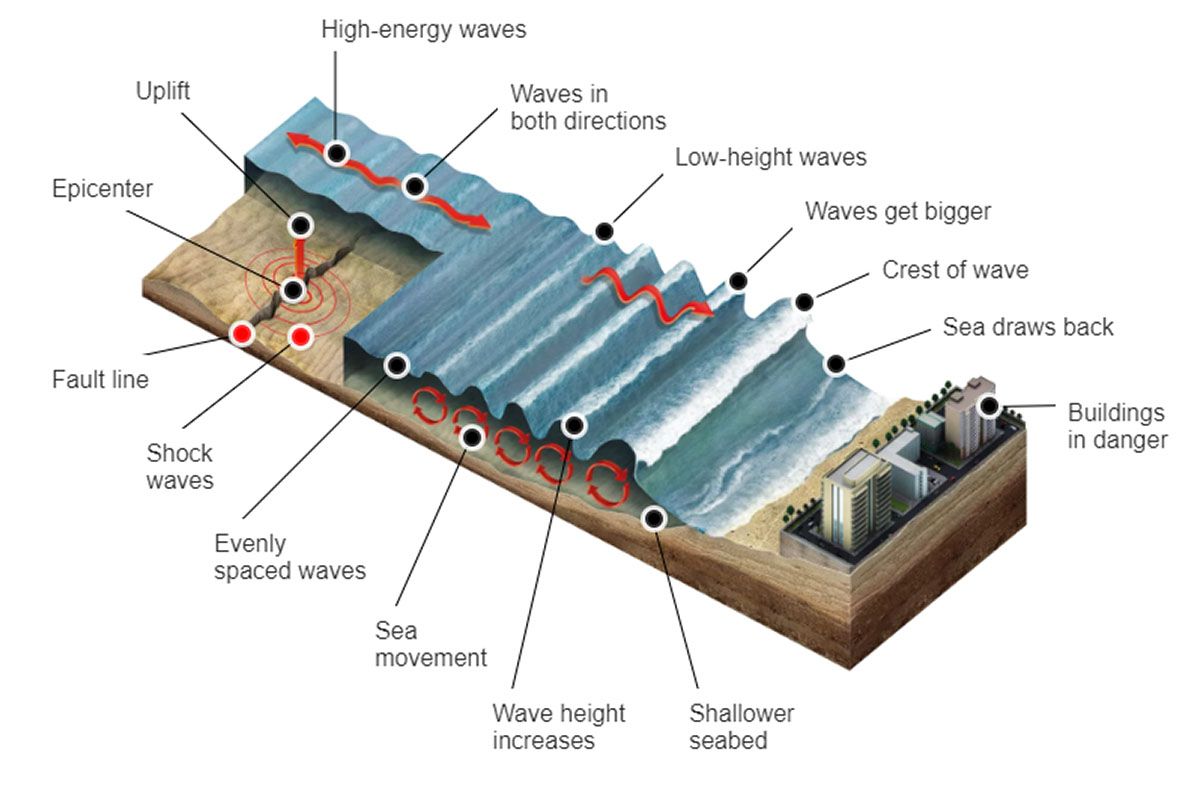
When the Earth's crust violently shifts, it displaces vast quantities of water, setting off a series of waves that travel across the ocean at high speeds. The movement of this displaced water carries energy from the ocean floor to the surface, generating the wave trains we know as tsunamis. Yet, this explanation merely touches the surface.
Can we possibly detect these ominous waves before they reach our shores?
NASA's Novel Approach: The GUARDIAN System
As we venture into the domain of tsunami detection, NASA's Jet Propulsion Laboratory is innovating a new path forward. Named GUARDIAN, their experimental monitoring system is testing a novel approach to identify these catastrophic waves from a unique vantage point - the high-altitude regions of Earth's atmosphere.
Using a network of satellites orbiting our planet, this system seeks to unearth the telltale signs of tsunamis before they wreak havoc on coastal communities.
The Technology Behind GUARDIAN
The GUARDIAN system is an intricate tapestry of high-tech components working in harmony. It primarily taps into data from Global Navigational Satellite Systems (GNSS), clusters of satellites that provide geo-spatial positioning.
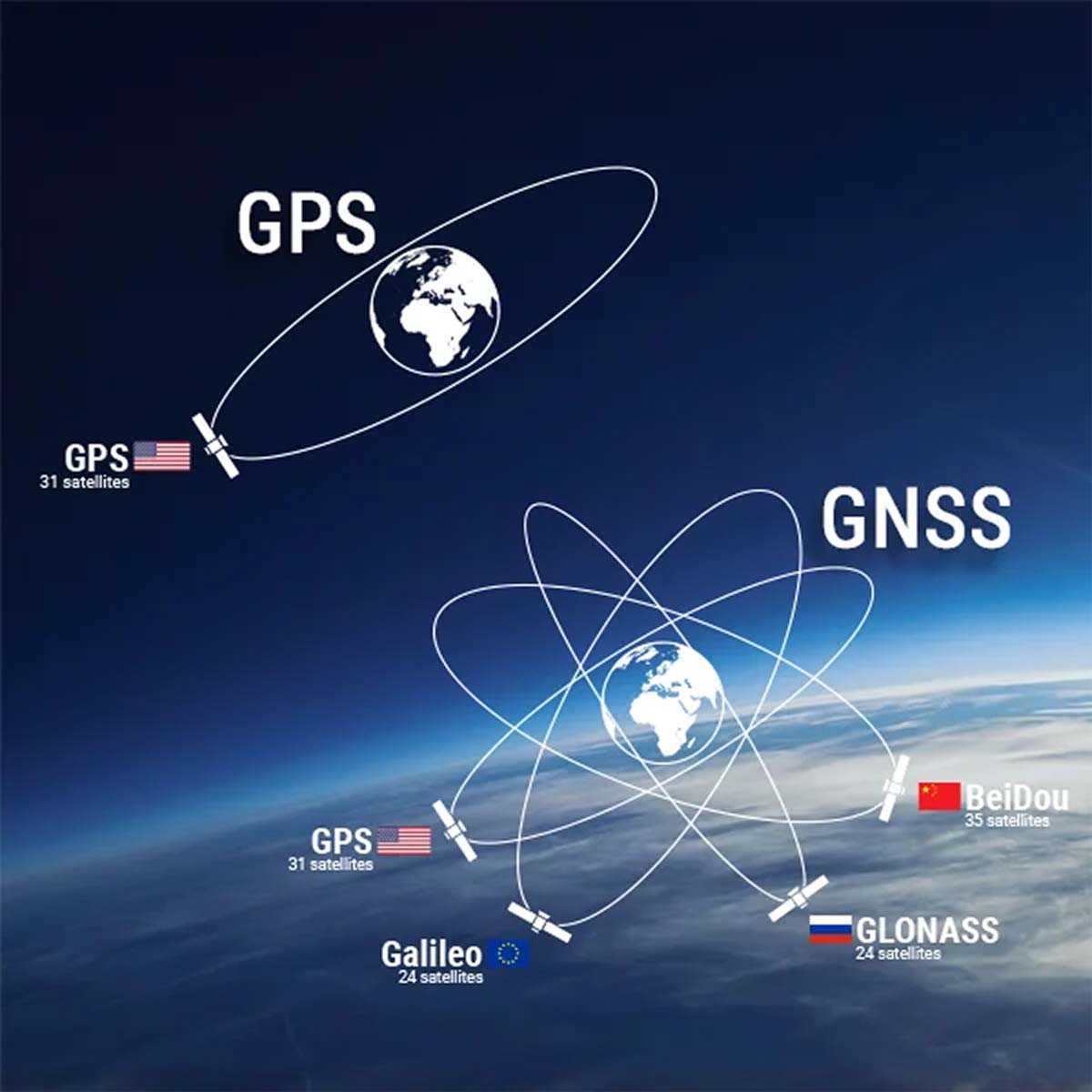
These clusters continuously transmit signals to hundreds of scientific ground stations worldwide. These stations, in turn, capture the information-rich signals and relay them to NASA's Global Differential GPS (GDGPS) network.
GDGPS specialists meticulously analyze the signals, searching for irregularities that could signify the onset of a tsunami. While this may seem like finding a needle in a haystack, the technology behind GUARDIAN can sift through the data and detect these minute disturbances.
From Oceans to the Atmosphere: How Tsunamis Distort Signals
During a tsunami, the ocean surface experiences an unusual phenomenon. The water levels can rise and fall almost in synchrony, displacing a substantial volume of air above it. This displacement sets off a chain reaction, creating low-frequency sound and gravity waves that ripple out in all directions.
These waves travel at rapid speeds, reaching the ionosphere, the topmost layer of our atmosphere, within several minutes. Here, they collide with charged particles, causing distortions in the GNSS signals passing through this region.
Interestingly, GUARDIAN doesn't discard these "distorted" signals as noise or errors. Instead, it considers them a valuable source of information to identify natural hazards like tsunamis.
GUARDIAN in Action
As we peel back the layers of GUARDIAN's sophisticated technology, the real-world implementation of this system comes into view. While still in its maturing phase, GUARDIAN has already shown promising capabilities, and the future holds an array of potential advancements and enhancements.
The Current State of GUARDIAN Technology
Despite the exciting promise that the GUARDIAN system holds, it is essential to note that this technology is still in its maturing stages. The output it produces is not as straightforward as a weather forecast.
Rather, it requires expert interpretation to translate the near-real-time data into actionable information. However, this does not diminish the system's potency.
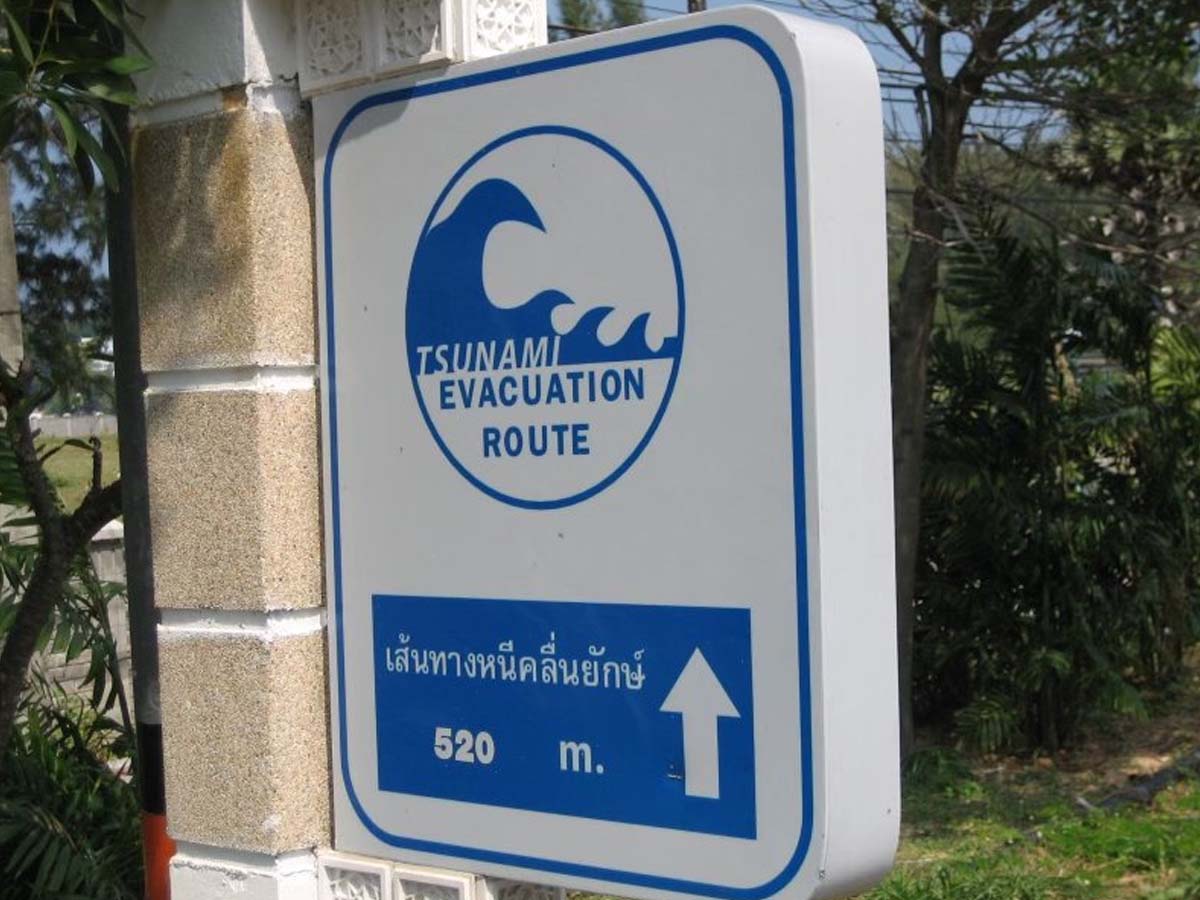
Within a mere 10 minutes, GUARDIAN can provide a snapshot of a tsunami's rumble reaching the ionosphere, potentially offering up to an hour of warning time, depending on the tsunami's distance from the shore.
Future Directions for GUARDIAN
Looking to the future, the GUARDIAN team has set its sights on the Pacific Ocean's Ring of Fire, an area infamous for its seismic activity. It's a daunting task, given that approximately 78% of confirmed tsunamis between 1900 and 2015 occurred in this region.
Currently, GUARDIAN monitors just over half of this critical area, with data from around 90 stations positioned around the Ring of Fire. The vision is to expand coverage and refine the system to automatically flag tsunamis and other hazards like volcanic eruptions and earthquakes.
They're also developing a website that will allow experts to examine the state of the ionosphere in near-real time, providing a powerful tool for detecting signals of interest within minutes.
With these ambitious plans in motion, GUARDIAN aims to serve as a systematic coverage solution for the open ocean, revolutionizing the way we perceive and prepare for natural hazards.
But how will GUARDIAN augment the existing early warning systems?
GUARDIAN as a Complementary System
While GUARDIAN represents a significant leap in tsunami detection technology, it is not intended to replace the current systems in place. Instead, it aims to enhance and complement existing warning infrastructures, filling in gaps and offering a new dimension of early detection.
Integration with Existing Systems
In the intricate web of hazard monitoring, existing systems like NOAA's DART buoys and GNSS-ionosphere observations already play a crucial role in detecting tsunamis. GUARDIAN's design is not to eclipse these tried and tested methods but to work alongside them.
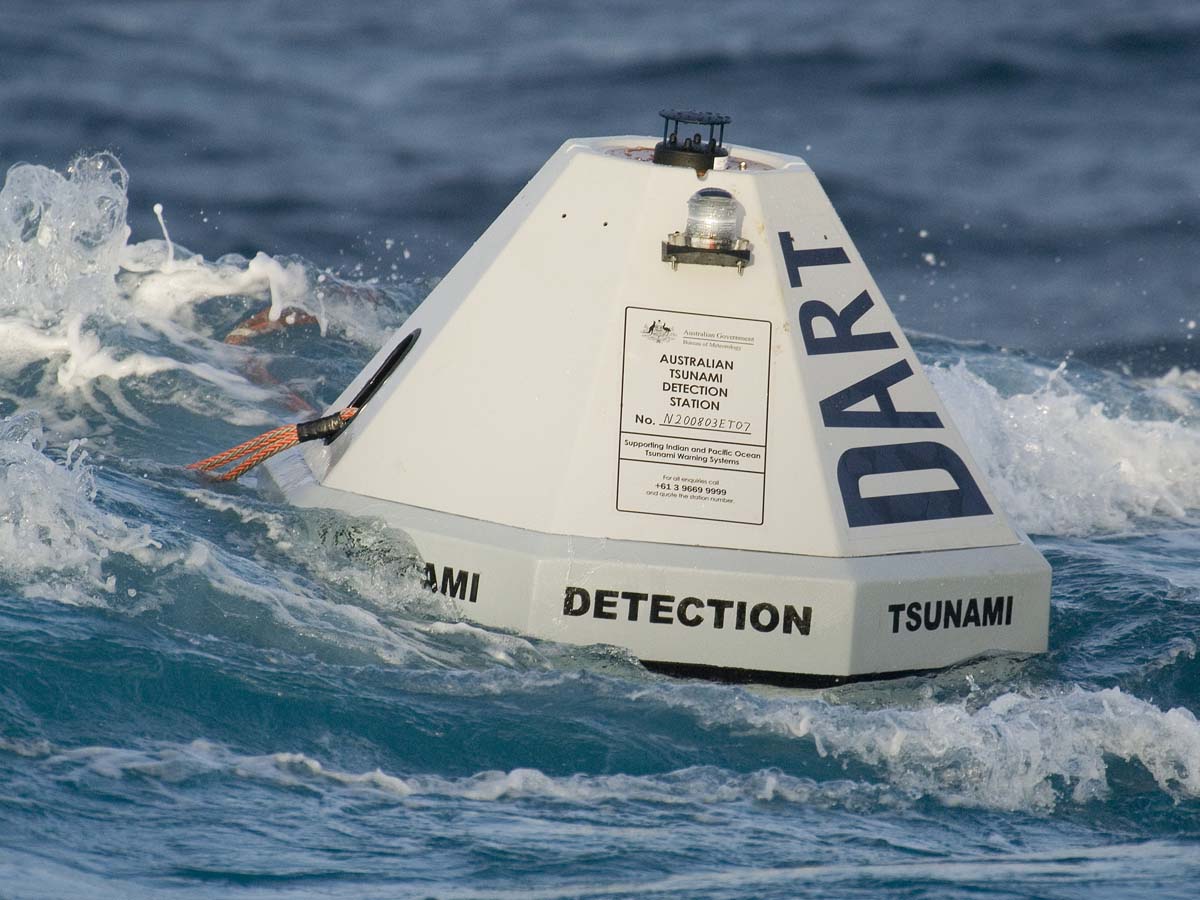
Its potential lies in adding another layer of surveillance from above, offering a broader perspective to supplement the ground- and ocean-based instruments. This way, the approach to tsunami detection becomes more comprehensive, integrating data from multiple sources for a more accurate and timely assessment of potential threats.
Expanded Coverage and Real-Time Data Access
As the GUARDIAN system continues to evolve, its coverage and accessibility are set to improve. Currently monitoring a significant portion of the Pacific Ring of Fire, the team is striving to expand its reach, establishing a wide network of monitoring that would essentially blanket the open ocean.
Simultaneously, a new website is under development, aimed at providing experts with access to near real-time data. This platform would allow users to explore the state of the ionosphere and detect signals of interest within minutes, bringing the power of GUARDIAN's data collection to the fingertips of those who can best interpret it. With these enhancements, GUARDIAN is poised to transform the face of disaster management and preparedness.
Sources: nasa.gov












